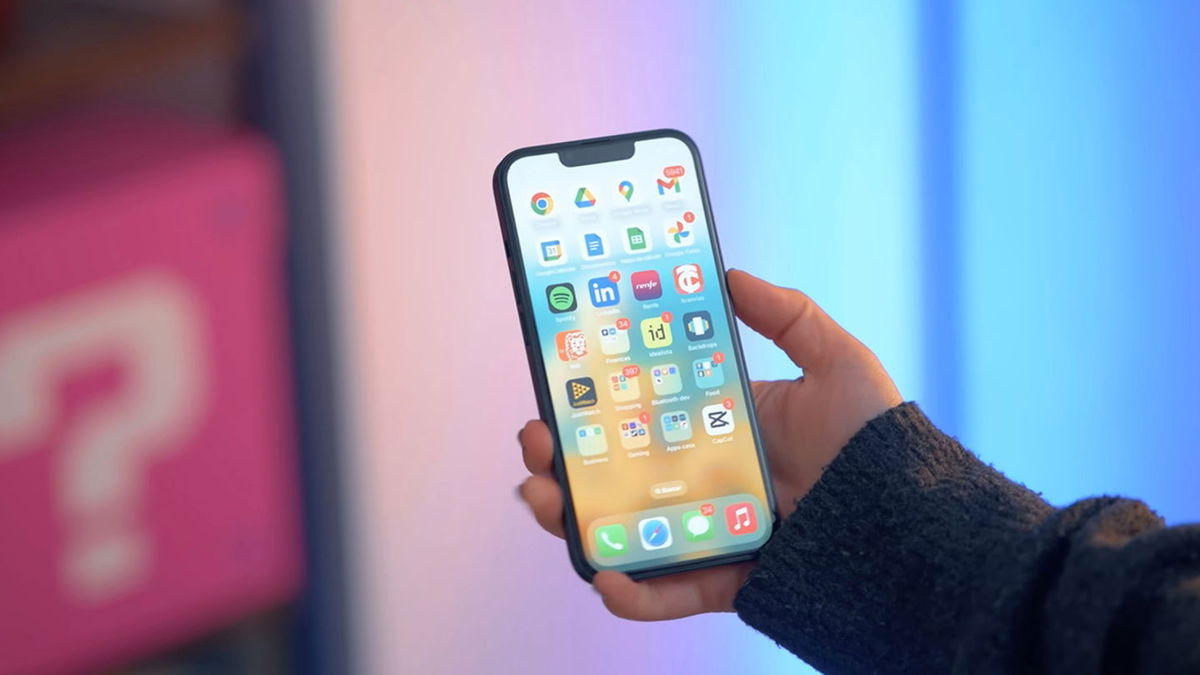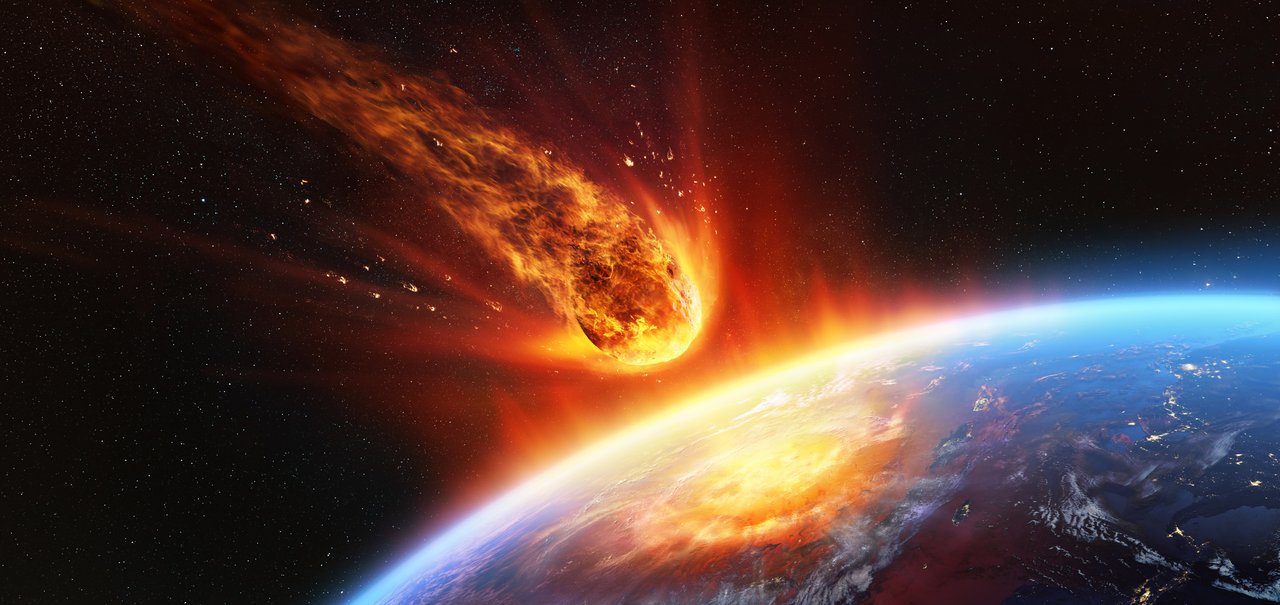In a new study published in the scientific journal Nature Physics, an international group of researchers conducted laboratory experiments to understand how to prevent a possible space rock from hitting Earth and threatening life. Scientists discovered A nuclear explosion might be the best solution to destroy the asteroid or at least change its orbit.
Scientists explain that despite the certainty of laboratory tests, it will be necessary to collect a lot of data about the asteroid before sending a nuclear bomb in its direction. Moreover, they explain that the situation could be significantly different if humanity were to follow a similar plan of action against a much larger space rock.
The most feasible way to trigger a nuclear explosion that would change the space rock’s orbit would be to heat part of the asteroid’s surface and vaporize the minerals trapped within. The power of steam will be used to change the direction of the asteroid, thus saving the life of every human and animal on Earth.In the tests, the researchers simulated hitting the asteroid with an x-ray pulse.
“Here we demonstrate a simulation of asteroid deflection using an x-ray pulse from intense argon plasma generated in the Z machine, a pulsed energy device at Sandia National Laboratories. We use so-called x-ray scissors to deposit artificial asteroid material into empty space, simultaneously shearing off supports and vaporizing the target surface,” they explain in the introduction to the study.
X-rays against asteroids
In an emergency, researchers say it might be possible to use the Z Pulse Power Plant, a high-frequency electromagnetic wave generator, to emit 1.5 megajoules of x-rays. The device, which is powered by an argon tank, is intended to ‘Heat’ the asteroid to create vaporization and change its orbit.
In any case, it is important to emphasize that each scenario presents unique challenges, making it essential to conduct tests to estimate possible outcomes before taking any concrete action.
It is very important to evaluate all possibilities before a similar situation occurs because it could cause the extinction of all living things on Earth. But let’s hope that such a thing never happens.
“More detailed models, such as the radiation-hydrodynamic model shown here and those in other studies, can be tested with experimental data obtained with this technique and used to improve predictions for different asteroid interception missions,” the team explains.
Liked the content? Stay up to date with more work like this on TecMundo and enjoy understanding why Earth will get a mini-moon.
Source: Tec Mundo
I’m Blaine Morgan, an experienced journalist and writer with over 8 years of experience in the tech industry. My expertise lies in writing about technology news and trends, covering everything from cutting-edge gadgets to emerging software developments. I’ve written for several leading publications including Gadget Onus where I am an author.













